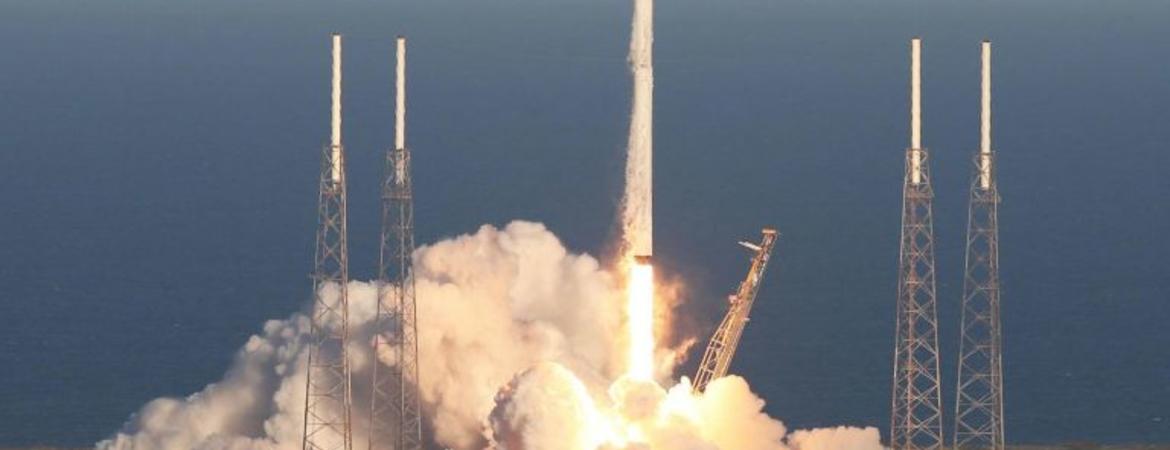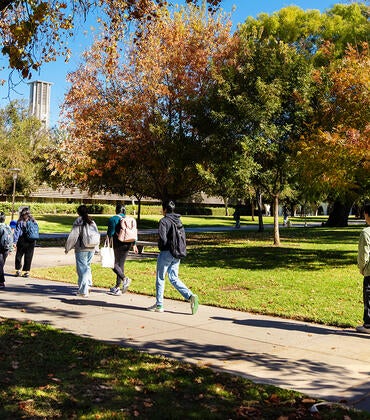
NASA’s Transiting Exoplanet Survey Satellite (TESS) launched on April 18 from Florida’s Cape Canaveral Air Force Station, rising off the pad aboard a SpaceX Falcon 9 rocket at 3:51 p.m. PDT and deploying into Earth’s orbit 49 minutes later.
Stephen Kane, an associate professor of planetary astrophysics at UC Riverside and a Guest Investigator on the TESS Mission, witnessed the takeoff from the launch viewing site in Cape Canaveral.
The telescope will search for exoplanets — planets outside our solar system — orbiting the brightest stars in the sky, including those that could support life. In a two-year survey of the solar neighborhood, TESS will monitor more than 200,000 stars for temporary drops in brightness caused by planetary transits. Those planets will then be studied in detail through follow-up observations by other ground- and space-based telescopes.
Wednesday’s launch was originally scheduled for Monday, but it was delayed to give SpaceX time to check a potential issue with the rocket’s guidance, navigation, and control systems.
“The spacecraft is reported to be in good health and both solar arrays have been deployed. TESS is now being deployed into its final orbit that will cross the orbit of the moon,” Kane said.
Kane said the TESS mission will pick up the search for exoplanets as the Kepler mission prepares to wind down. Launched in 2009, the Kepler Space Telescope has discovered more than 4,500 potential and confirmed exoplanets. The stars viewed by TESS will be 30-100 times brighter than those surveyed by the Kepler satellite, therefore TESS planets should be much easier to characterize with follow-up observations.
Kane, who led the Kepler Habitable Zone Working Group for the Kepler mission, is a key part of the TESS mission. He has been collaborating with other TESS scientists to create the list of stars that TESS will observe and prepare for observations that will characterize the atmospheres of detected planets.
His team at UCR will be measuring the masses of detected planets as well as studying their orbits and simulating potential habitable conditions. “There are many exciting exoplanet hunting days ahead for UCR and we expect that our astrobiology group will be extremely busy as we use the TESS data to better understand the prevalence of life in the universe,” Kane said.
Kane, a member of UCR’s NASA-funded Alternative Earths Astrobiology Center, is available for media interviews about the launch and his involvement in analyzing TESS data and observations.



